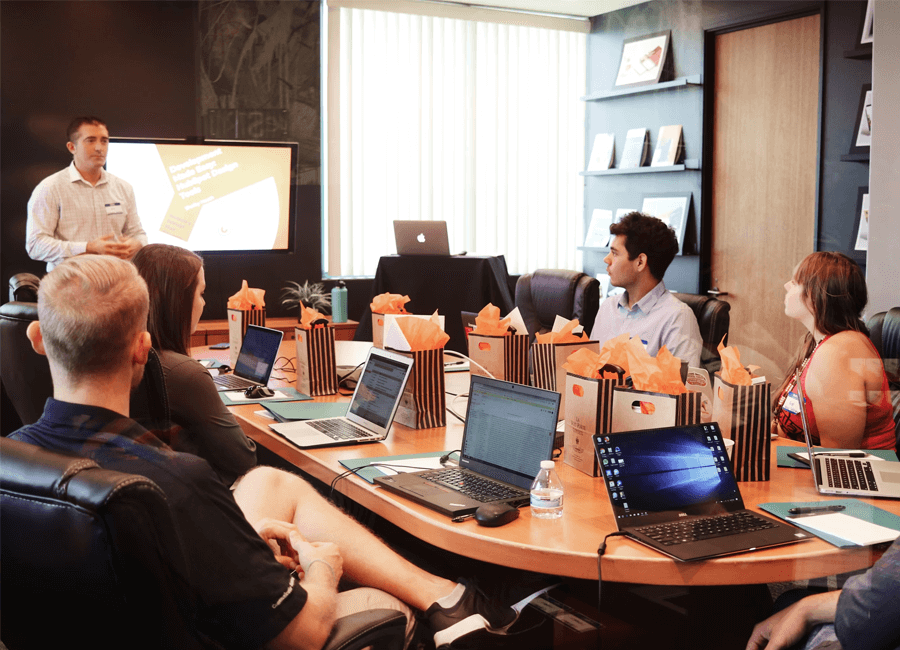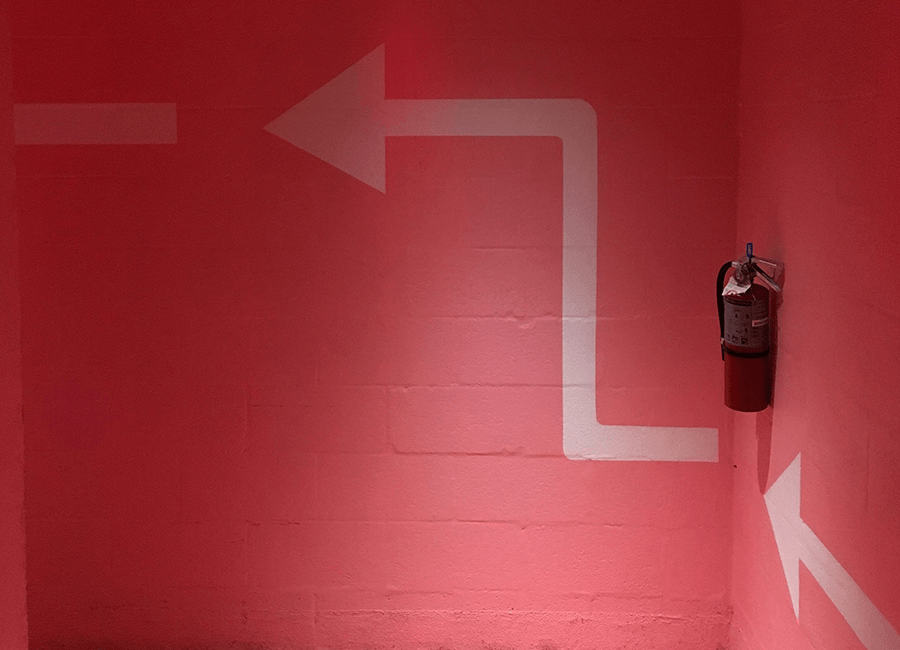What an incredible start to the Qual360 EU two-day conference! With attendees treated to speakers from a diverse range of industries, all discussing how they innovate qualitative research in an effort to generate the best insights, both in the name of innovation itself and to help businesses better understand consumers all around the world.
So, without further ado, here are my highlights and thoughts from the first day:
Technologies of the Future
What a first session: straight into challenging thoughts on our pre-conceptions of qualitative research, technology and change. That first rousing presentation of the day was Susi Thorimbert, from EuroSport, who explained their use of biometric methods to find the irrational responses behind our rational side. Their study was conducted during the Tour de France and has helped make editorial decisions around camera angles, race analysis and interviews.
I’m usually a bit sceptical about the use of biometrics in a qual setting, because it doesn’t seem to add a ‘why’, just explain how people are reacting, leaving a lot of unexplained and self-rationalising afterwards; but Thorimbert put forward a powerful way to blend both rational open ends and the biometrics to build a compelling story for stakeholders.
Following on from epic start, was Quilt.AI. I started with a flight-weary, ‘here comes another AI-tech sales pitch’, but how wrong I was! This could be, perhaps, one of the most thought-provoking presentations of the two days! What made it special was not only the scale of the tech, but the breadth of applications and the lack of focus on explaining how the tech was working. What we got was a challenging insight into the mind of an anthropologist using scaled internet data to explore business challenges.
Running throughout both of these sessions – and highlighting an emerging theme for the day – was how technology is augmenting the qual researcher, not replacing them. The panel session did an excellent job of bringing that theme to life with Sophia from Wargaming explaining how they use online methods to drive iterative research to support feature decisions in their games. Dominic from Accenture made the excellent point that change is challenging – for everyone – and using an anthropologist’s mindset to think about the myths that lie behind their challenge. This type of thinking is destined to help prepare the case for it.
Then, we were treated to a great case study from Skopos and Kindoh, who together reinvented product testing and market-entry research by using a pop-up community. This really was a great overview of the benefits of combining qual, quant, individual and group activities together with real-time in-home product use. If anyone wants to understand the real benefits of online communities – especially of the pop-up variety, then this is for you. What stuck in my mind was the overview of the approach and provable, tangible outputs. The benefit they brought was a relatively scaled 120 participant group and included in-home product use with group-based discussions as well as quantified output.
Lloyds Bank did a great job of making us understand their challenge to ‘make research more human and more immediate’; essentially their problem is how to make people in the bank understand human behaviour, especially when people don’t want to tell you about how they spend their money. In keeping with the morning’s theme, we were treated to an in-depth understanding of how they used mobile ethnography to make participants relaxed, in their own home and secure enough to explain their relationship with their money. What was great, again in keeping with the day, was to hear the researchers’ challenge of dealing with the sheer volume of rich, complex data, which comes from diary-style research; so very true!
Entertaining Human Behaviour
The BBC World Service gave us an insight into the practical challenges of researching in rural, challenging markets; and what an insight! Having myself only run qual in the ‘common’ markets; I can definitely say this wasn’t your usual presentation about ‘hard to reach’ audiences. This was not that! Researching minority groups in places such as Myanmar, for example, brings with it far more cultural nuances, not just your usual practical or infrastructure challenges.
One example that springs to mind is not just the length of some of their interviews (2-3 hours) or the cultural influences of the interview, but the interpretation, which needs a thorough understanding of how language is used locally and their use of tone, which without, you could easily come to different conclusions.
The culmination of the presentation was an in-depth understanding of TV-viewing behaviour in Pakistan, and how this changed their scheduling and the opportunity to use Mobile as a way of following up stories should the TV remote ‘hierarchy’ caused a disruption in what the household was watching. This session was certainly an insight for most of us in the audience! One underlying point throughout the presentation was a ‘return’ to traditional qual in a desire to increase the ‘longevity’ of a project; making it last 3-5 years, creating a resource that the business can return to year after year and that, they argued, required more time, not less; slow the pace, dig for the insight, and analyse the context. And that, really is something we can all learn from!
After our journey of insights around the world came the energy of the ‘Innovators’: Butterfly took us through a ‘how to’ of creating agile, creative approaches for generating new innovation. This was less about research in the traditional sense, but reminded us of using creative ‘crazy’ approaches, such as ‘dragons den’ style pitching of ideas to solve a consumer’s need or put clients in the environment of a child, literally putting them in 3 rooms to make them see the world as a kid; ‘unleashing’ the inner child!
For me, the take-away wasn’t so much the crazy, sexy methods, as much a reminder that often, it is the way we work, the way we approach a problem is as important – if not, more important – as the field delivery, or even, the analysis. Make the project an experience and you really engage stakeholders; get them involved and get them directly taking part in the process.
To conclude this inspiring section, I want to mention about Havells and Hansa Research, who outlined key learnings about understanding a Semi-Urban and Rural India. Not a small topic, that’s for sure! Everything about it was up for explanation; bring it to life for the client. And the scale must surely have been a challenge - 128 interactions, across 16 States, 32 Town, 64 in-home visits, 32 Retail visits and 32 Influencer interactions and Observations.
Qual Driving Innovation
Henkel and InSites Consulting detailed how they created an agile innovation and testing process with 1500 consumer participants, which improved their use of insight and allowed them to run more projects across shorter timescales. This reflected earlier themes and sessions from the day but gave more ideas on how to balance the sample to improve quality – increasing both the scale of the recruitment but also adding an over-index of ‘creative’ and ‘innovators’ from the population rather than just the evaluators; especially good for improving co-creation and the quality of insights.
Sky Labs followed what was now a theme for the late afternoon sessions – Innovation. We were treated to an insight into how a client brand team created a cross-disciplinary team to generate not only insights, but real-time innovation. This brought together some of the themes from Butterfly and the research-led community sessions to bring to life the day to day practical ways a leading brand innovates. By now, recurring words of Agility, Speed, Iterative, were now very apparent but hearing it from the honest perspective of how that makes a team and its members react, behave and feel was good to hear.
E.On and Market Logic rounded up the day with a return to the theme of using technology to help bring together insights and create a library to allow stakeholders easily find past research and answer common questions, helping re-use and make use of the data held within the business.
The New Normal?
If I were to choose one work to sum up the day, I would say change. It wasn’t tech all the way and it wasn’t a case study heavy agenda. The thread for us all was to challenge yourself to change something in how you go about your projects. Do something new or different. For every one of us that will be different, but the sessions give us food for thought to find one. So, what will you do differently or do for the first time?


















